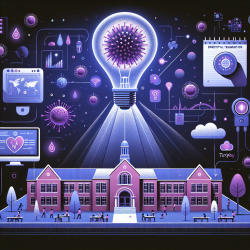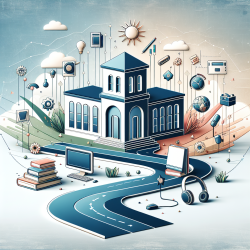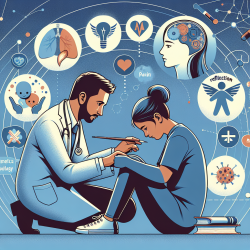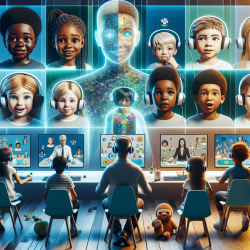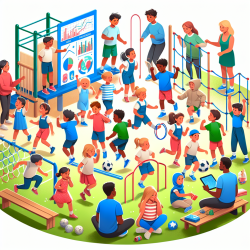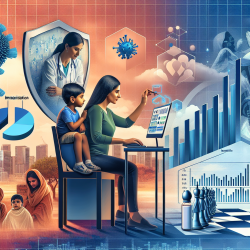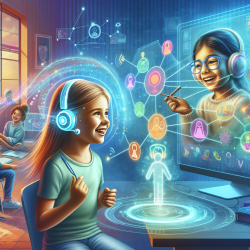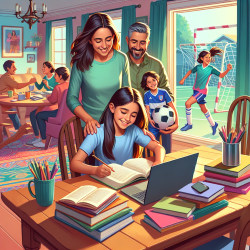The global pandemic has reshaped our understanding of health and safety in public spaces, particularly in schools where children gather daily. As we continue to navigate the challenges posed by airborne viruses like SARS-CoV-2, innovative solutions are needed to create safer environments. One such promising solution is the use of UV-C light technology.
The Power of UV-C Light
UV-C light has long been recognized for its ability to inactivate various pathogens, including viruses and bacteria. The recent study titled UV-C Light Intervention as a Barrier against Airborne Transmission of SARS-CoV-2 highlights its effectiveness in preventing the airborne transmission of SARS-CoV-2 using the Violett sterilization device. This study utilized a hamster model to demonstrate that air treated with UV-C light prevented virus transmission from infected to naïve hamsters over a multi-day exposure period.
Implementing UV-C Technology in Schools
The implications of these findings are significant for schools looking to enhance their health and safety protocols. Here’s how practitioners can leverage this technology:
- Install UV-C Devices: Consider integrating devices like the Violett sterilization unit into HVAC systems or as standalone units in classrooms and common areas. These devices can continuously treat the air, reducing the risk of virus transmission.
- Create Safer Spaces: Position UV-C devices strategically within rooms to maximize air treatment. For instance, placing them centrally ensures even distribution of treated air.
- Educate Staff and Students: Raise awareness about the benefits and safety of UV-C technology. Understanding how these devices work can alleviate concerns and promote compliance with safety measures.
- Pursue Further Research: Encourage collaboration with research institutions to explore additional applications of UV-C light in educational settings. This could lead to innovations tailored specifically for schools.
The Broader Impact
The use of UV-C light extends beyond immediate virus inactivation. It contributes to a holistic approach to public health by reducing potential outbreaks and minimizing disruptions to learning caused by illness. Moreover, it provides peace of mind to parents, students, and staff by fostering a safer school environment.
This technology also aligns with broader efforts to future-proof our systems against emerging biological threats. By integrating environmental measures like UV-C light treatment, schools can better protect vulnerable populations while maintaining educational continuity.
A Call to Action
The journey towards safer schools is ongoing. By embracing innovative technologies such as UV-C light, educators and administrators can lead the way in creating healthier learning environments. For those interested in delving deeper into this research, I encourage you to read the original study: UV-C Light Intervention as a Barrier against Airborne Transmission of SARS-CoV-2.
